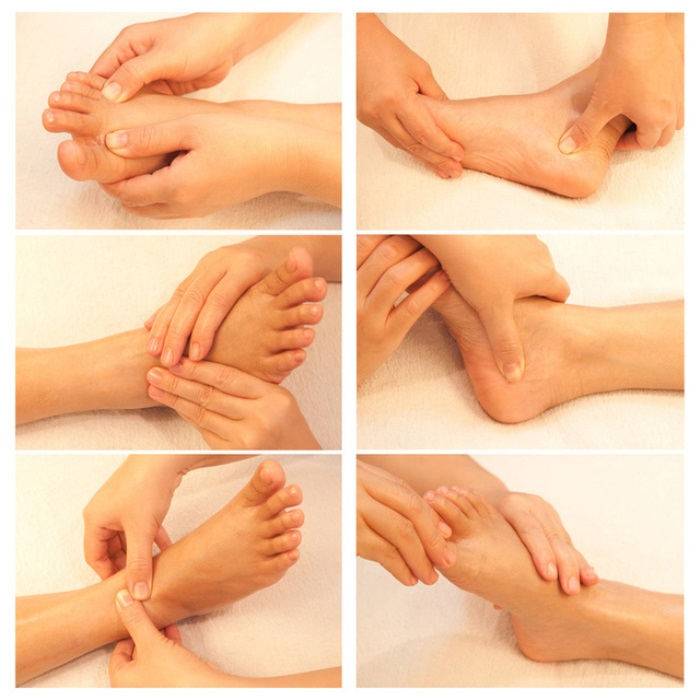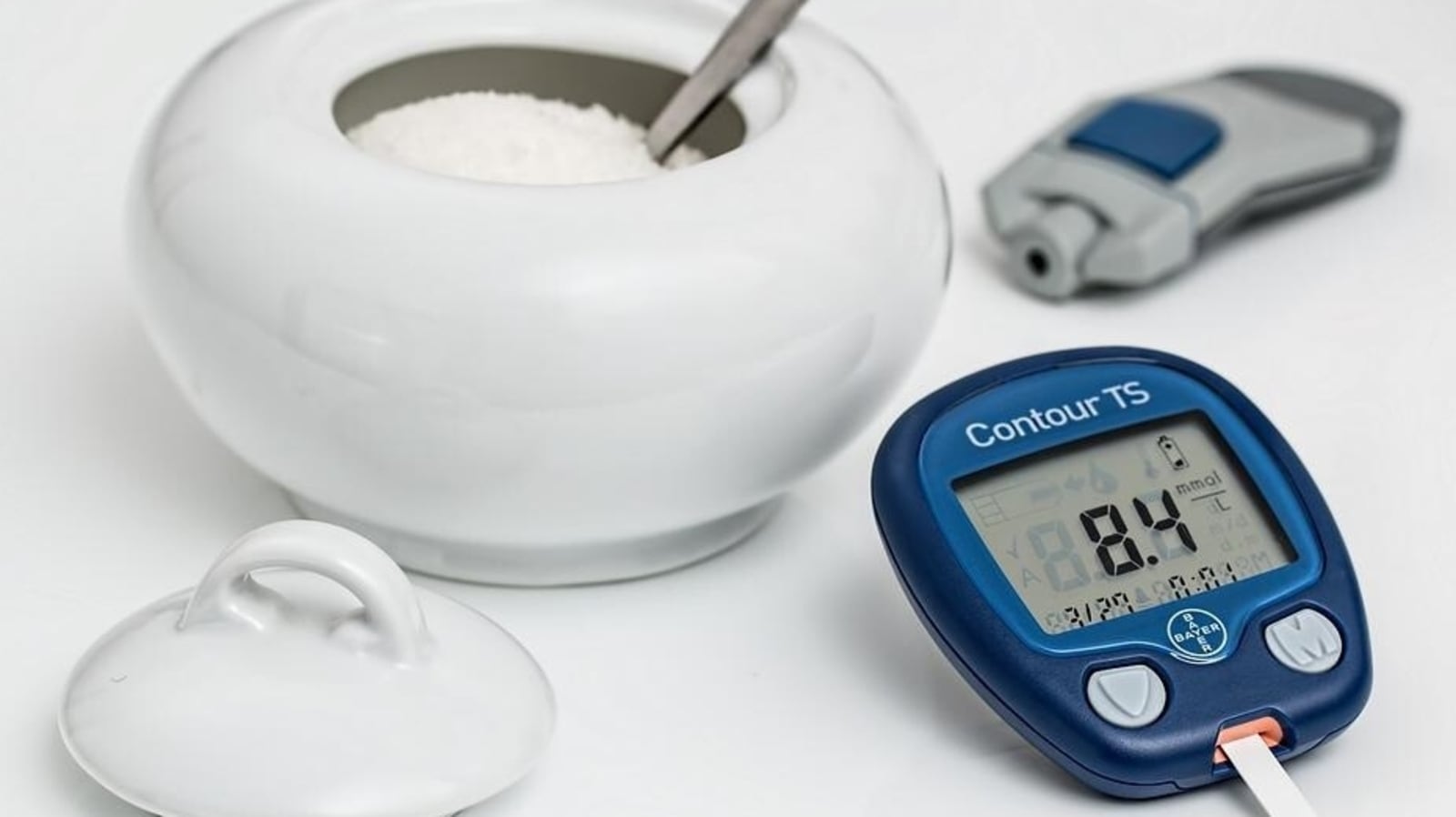
There is increasing evidence that foot massage can be beneficial for overall health. In addition, it can relieve stress and tension.
Start by rubbing the sole of the foot using a light to moderate pressure. Begin under the big toe and move towards the heel. Move the thumbs firmly to rub the side of the foot and increase your pressure as needed by leaning in with your body weight.
Sole
The sole of the foot is full of pressure points that need to be massaged gently. It also contains many of the muscles that control the lower leg. Begin by getting the client in a relaxed position and applying some lotion to their feet.
Make small clockwise and counterclockwise circles with both thumbs on the bottom of their foot, focusing on the sole of the heel. This is an essential part of any good foot massage.
Then move on to their big toe, starting underneath it. The big toe is the easiest to massage for two reasons: it’s easy to grip with your thumb and it’s the least sensitive area on the foot. After a few seconds, move on to the next toe and repeat until all their toes have been massaged. Each toe needs its own special treatment. It’s a lot of fun and it helps keep the feet feeling soft. Plus, it helps with circulation.
Arch
The arch is one of the most sensitive areas of the foot, so massage it gently and carefully. Begin by applying pressure with the thumb on each side of the foot in a circular motion. Then massage the area between each toe, alternating thumbs with each stroke. This technique helps reduce stress in the toes and toe joints.
Continue this pattern with the outside of the foot, then the inside. You can even add a little bit of lotion to the mix if desired, as this will make it easier to move your thumbs and fingers around on the foot.
The heel is tough and can handle a lot of pressure, but the Achilles tendon that extends up the back of the heel should be handled with care. Make small clockwise or counterclockwise circles with the thumbs on each foot and linger over any areas of tension.
Heel
Heel pain is a common issue and one of the most painful foot issues to deal with. Massage is known to reduce pain and soothe tense muscles, ligaments, and tendons. Foot massages can help ease the pain caused by plantar fasciitis, or heel spurs.
To begin massaging the heel, start under the big toe. Begin with light pressure and work your way up to deeper massage. Press and rotate the thumb, sliding it towards the toes with medium pressure. Repeat this several times before continuing to the heel. It’s important that a person knows when the pressure is too much and stops. Too much pressure can cause injury to the thumb, wrist, and hand of the practitioner. It’s also recommended that people do foot massage when pain levels are low, such as in the morning before they stand or take a shower. This will allow them to relax and enjoy the experience. They may even fall asleep during the foot massage!
Toes
Foot massage has clear, science-backed benefits: it relieves stress, boosts relaxation, and may improve sleep, libido, and even health. And a great foot rub can be as simple as the basic techniques described here.
Start by gently squeezing the hollow area below their ankle with your thumb and forefinger. Then, with your fingers, rub their Achilles tendon (the springy band of tissue that runs from the heel and ankle up through the lower leg muscles of the foot).
Toes may look redundant – after all, they don’t do much other than hold our shoes on – but they play an important role in balance and stability. Massage the nooks and crannies in between each toe, and give their big toes an extra squeeze for good measure. This is a time to be careful not to overdo the pressure, since feet are very sensitive. The last thing you want is to make someone yank their foot away in pain!

